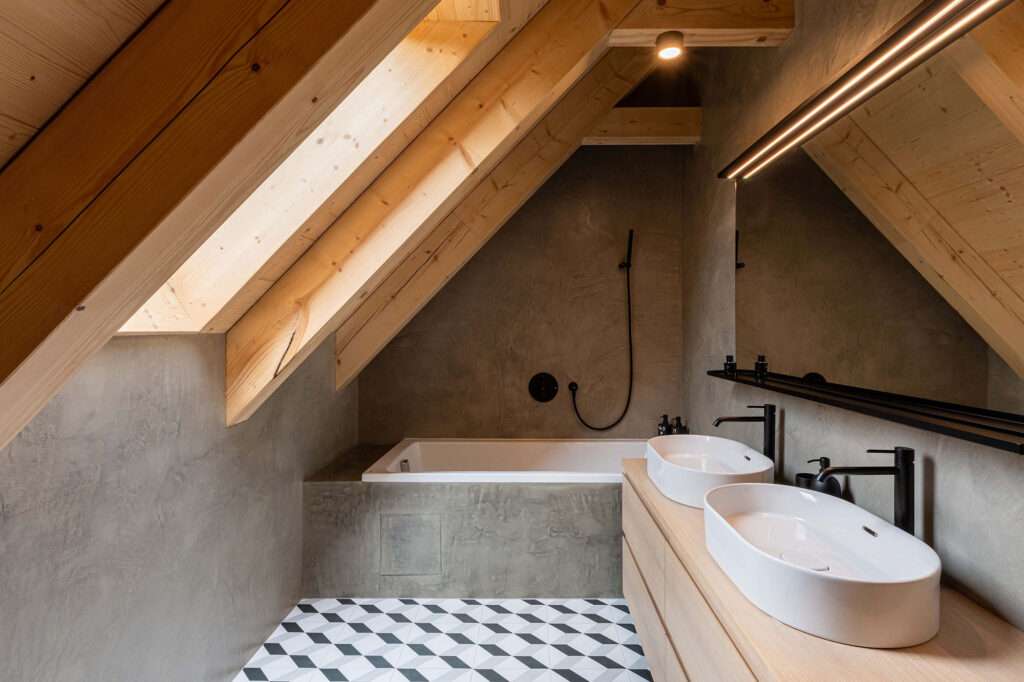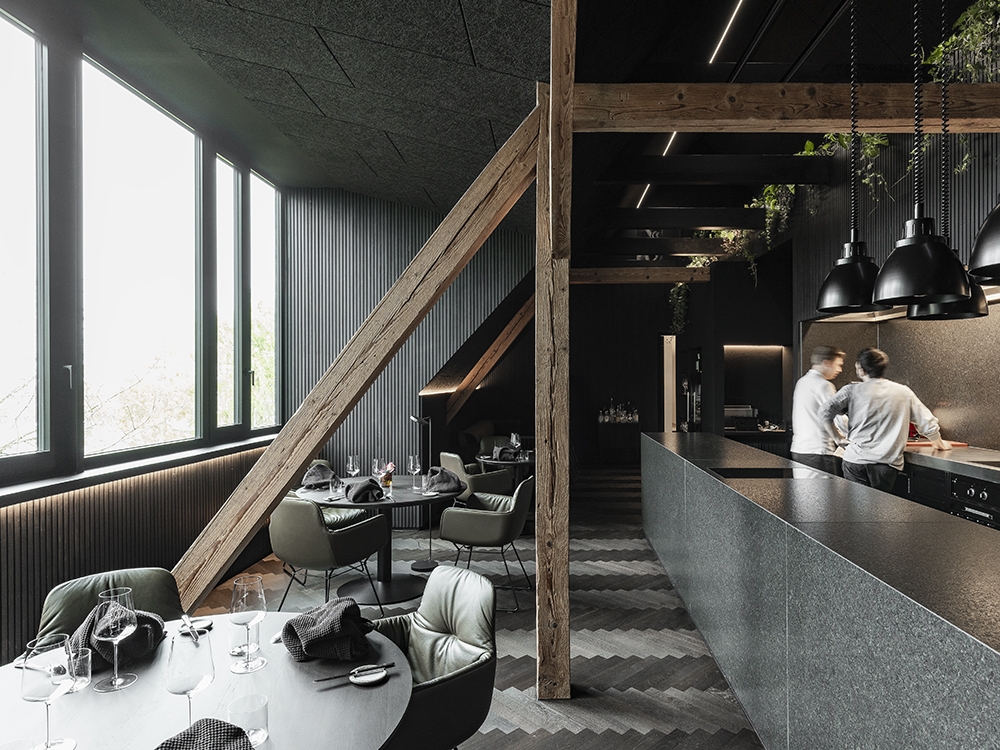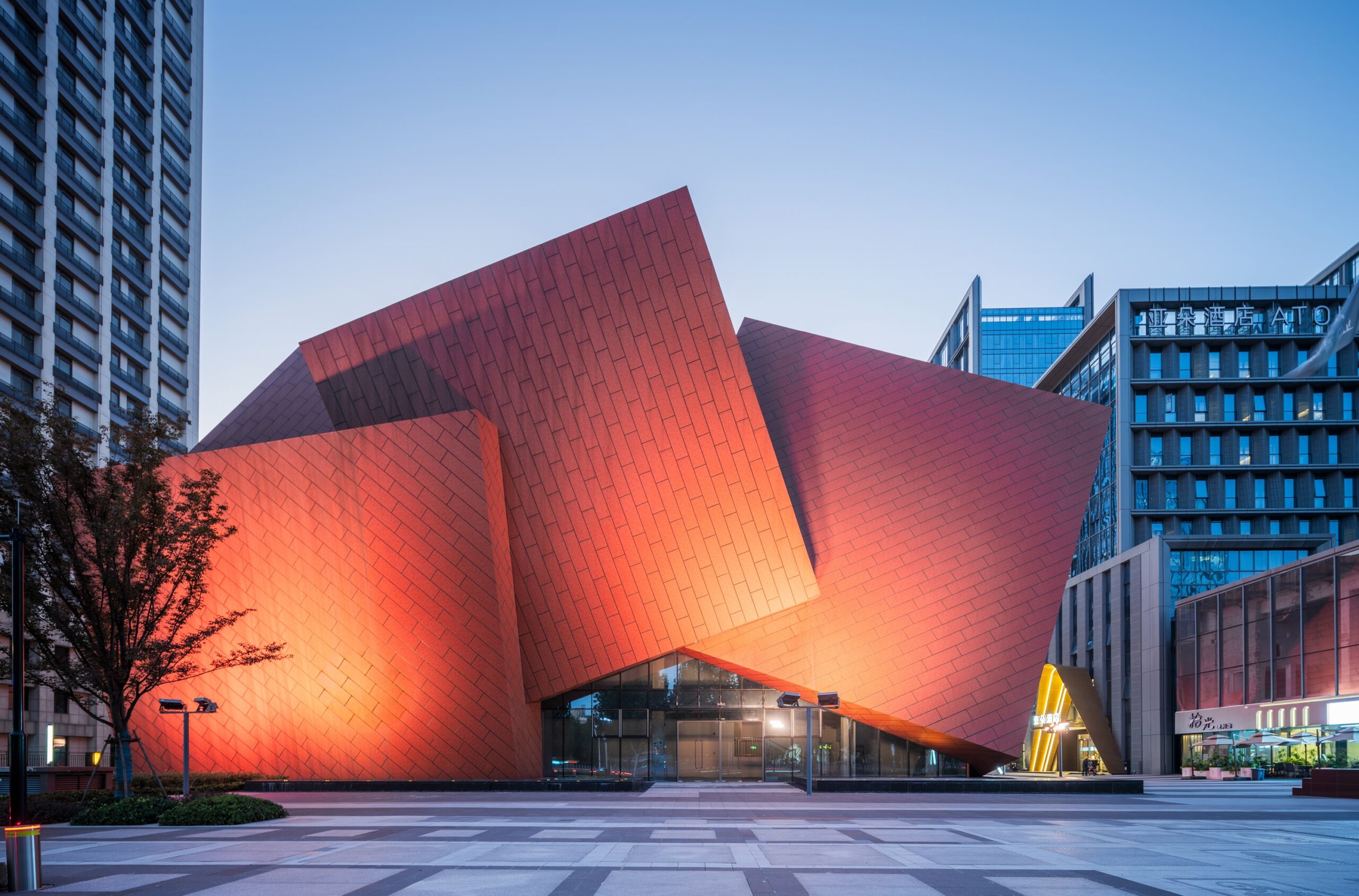Header: Pavla Frauenterková
Architecture studio Šťastný Pavel Architekt has recently designed a family home in the village of Dehtáry, located in the Liberec region of the Czech Republic, an area known for its open rural development. The team was tasked with transforming the original single apartment unit into a house with two apartment units. In the end, the new structure now houses the grandparents on the ground floor of the original house, while the newly built part accommodates a young family.

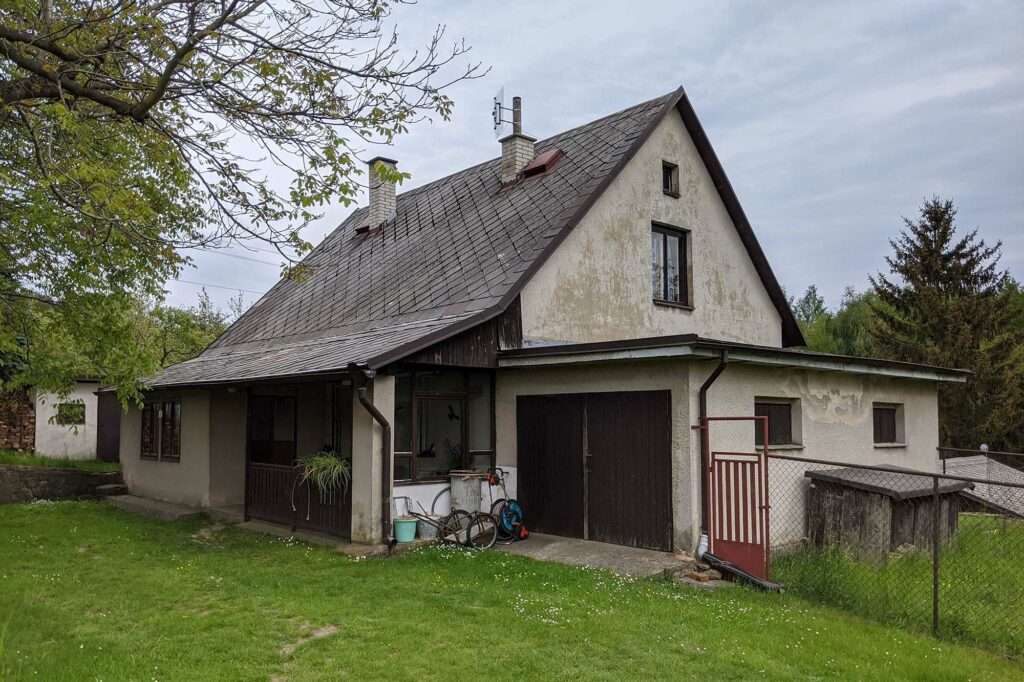
The team removed the annexes of the old building, which cleaned the front elevation of the house and allowed for a linear extension. This linear structure is interrupted in the middle by an opening that connects the space in front of the house with the area behind it, creating a separation between the extension and the new part while simultaneously providing covered space for outdoor seating.
The material and architectural expression of the old and new parts are clearly defined by different details and materials, both in the interior and exterior. The new part is purely minimalistic, whereas the old part combines new and original fragments.
The interior layout is logical, with living rooms located on the ground floor and oriented towards the private part of the garden, which faces south. The kitchen, also on the ground floor, overlooks the entrance of the property. On the second level, there are rooms for sleeping and resting. The height arrangement on the ground level responds to the terrain profile of the plot, with the dining and living rooms at a lower level compared to the entrance. The vertical connection between the ground floor and the second level occurs in the entrance area. An important aspect of the new part is the connection of the interior and exterior, which enhances spatial airiness.

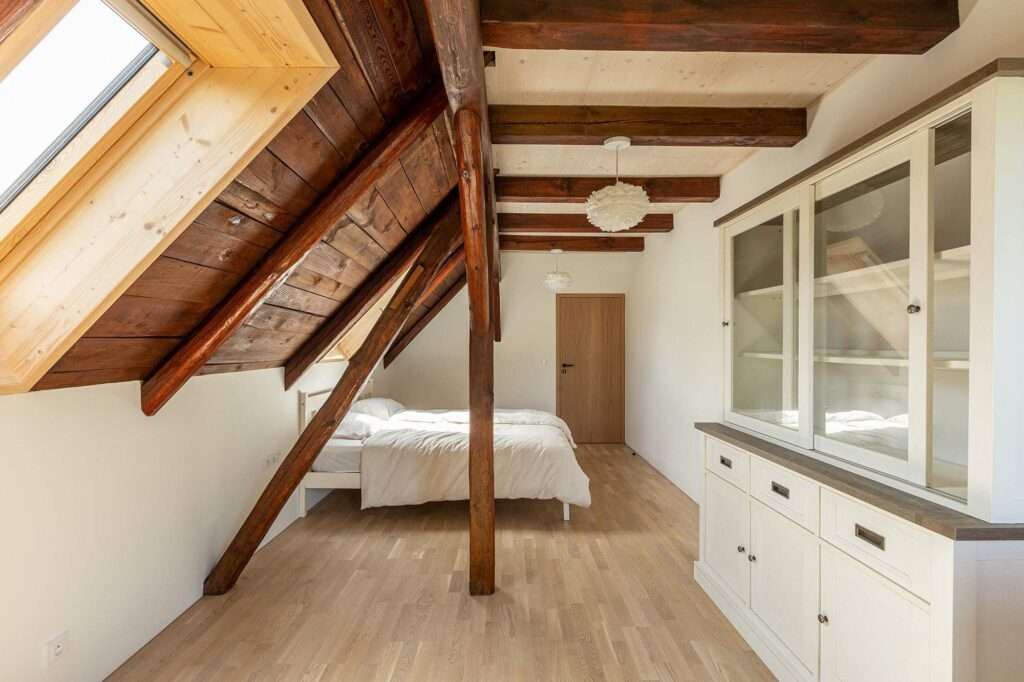
The extension part features brick walls based on foundation passes, a monolithic reinforced concrete ceiling slab, and a wooden roof structure. The stairs, made of monolithic concrete, lead up to the extension. The roof features over-rafter insulation, and the facade is clad in wooden spruce with a colour coating. For cost-effectiveness, the building uses captured rainwater for internal flushing needs, and heating is provided by an air-water pump.
In the original part, the brick structure of the masonry was preserved, with external masonry insulated from the outside. The ceiling beam structure was locally reinforced, as was the original roof structure. The façade was covered with fine-grained plaster, and the roof covering for both the new and old parts is made of light corrugated metal sheets.
